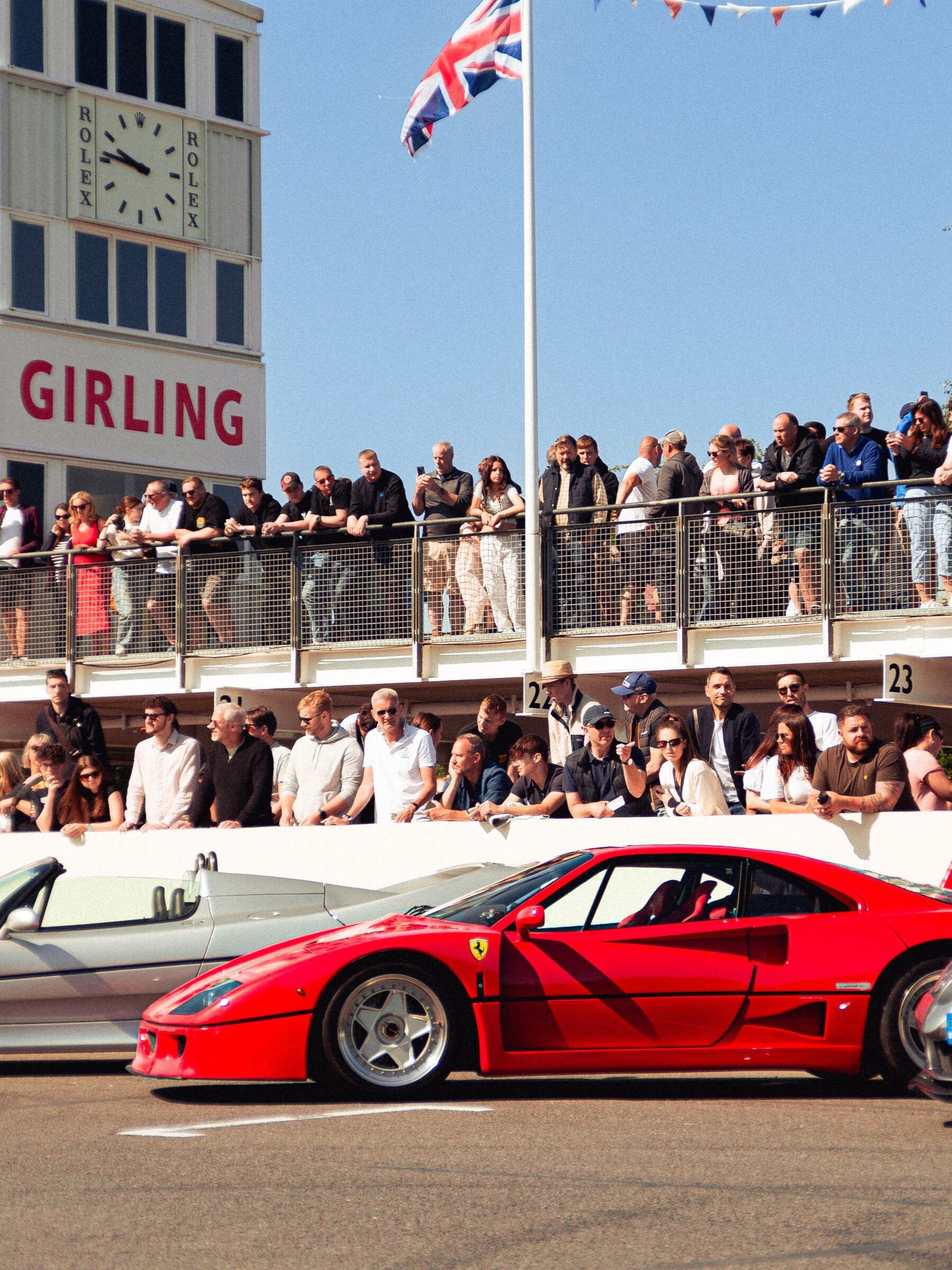John Simister: The SP2 is the coolest non-UK VW you've never heard of
We get used to a certain repertoire of classic cars here in the UK, and similarly so in Europe. We think we know the favourites, the greatest hits, the design icons, and we're confident that enduring classics invariably hail from Europe, the US or sometimes Japan. But there are other treasures, unknown to most of us, to be found. And they come from unexpected sources.

When I was at university in the early-to-mid-1970s, there were two highly unusual and rather exotic sports coupés in the car park, both belonging to foreign students rather more affluent than me. One I knew, although I hadn't seen an example in the metal up to that point: it was a Lancia Fulvia Sport Zagato in salmon pink. As the most production-replicated of all Zagato creations it wasn't quite as much of a rarity as I presumed at the time, but to see one on the Sussex University campus was still quite special.
The other was quite unsettling. It was clearly a Volkswagen, but it was also a long-bonneted, stub-tailed, racy looking coupé. Two worlds collided in what was a very handsome and highly desirable-looking machine, far sleeker than anything to come out of Wolfsburg yet with every detail clearly honed to Volkswagen design principles. This particular GT was in bright yellow but it carried off the colour with authority. So, what was it?
It was a Volkswagen SP2, one of between 10,000 and 11,000 – estimates vary – made between 1972 and 1976 by Volkswagen of Brazil. Its styling, by the Brazilian subsidiary's own team of Márcio Piancastelli, José Vicente Martins Novita and George Yamashita Oba, cleverly incorporates a nose reminiscent of Wolfsburg's 412 model while the long bonnet suggests power beneath. There is none, of course, because the SP2 cleverly disguises the existence of the rear-mounted, air-cooled flat four inherited through the car's use of a VW Type 3 platform – 1500, 1600TL and others – beneath the seductive curves. Under the bonnet lie only a fuel tank and luggage.
Volkswagen of Brasil, as rendered in its native Portuguese, was well used to doing its own thing because imported cars were prohibitively expensive in Brazil during the 1970s. The company's boss, Rudolf Leiding, had joined Volkswagen in 1945 as it was reconstructed out of wartime ruins, ran the Brazilian operation from 1968 to 1971 where he masterminded the SP range's development (the initials stand for Sao Paolo), and the returned to Wolfsburg to become the parent company's CEO.
Another Leiding-led Brazilian VW design from the early 1970s was the Brasilia, a three- or five-door hatchback built from 1972 to 1982 and, like the SP, featuring a 412-like nose plus, of course, a rear-mounted flat four. I used to take part in the 'Classic Trials', organised by the Motor Cycle Club, in an Imp during the 1980s and there was often an imported Brasilia among the entries.
You'll notice there that I wrote SP, not SP2. That's because, at launch, there was also an SP1 with VW's much-used 1584cc engine and a modest 65bhp, which sold poorly (just 88 examples, according to one estimate) on account of its pedestrian pace so was soon axed. Not that even the SP2 was quite as rapid as it looked, with 75bhp from its 1679cc engine and an unimpressive top speed of 100mph. Compare that Fulvia Sport I mentioned earlier, which generated 90bhp from its 1.3 litres.
You could argue that this was the inevitable result of using air-cooled Volkswagen flat fours, which were never very muscular in factory form in order to maintain their reputation for durability, but then you look at what Porsche achieved with broadly the same engine design in the later 356s, and also what the aftermarket tuners extracted from the VW motor, and you can't help thinking the SP2 was somewhat undersold in its engine.
But then it didn't have much to compete with, given what was effectively a closed home market. One domestic rival was the pretty Puma sports coupé and its convertible companion, slightly smaller than the SP2, based on Beetle underpinnings but available with a tuned, 90bhp version of the 1584cc engine which gave it useful, if not road-burning, pace.
Both cars, if given the right pace potential, might have sold well in Europe had the opportunity arisen at the right moment, because they were well made and very good-looking. Obviously, the SP2, backed by the might of its maker, would have stood the greater chance of success, but Wolfsburg was by then weaning itself off air-cooled cars and had a fine and rapid coupé, the Scirocco, ready for launch in 1974 as a preview for the marque-defining Golf that followed very soon afterwards. So the SP2's European window of opportunity, if it ever existed, was extremely brief.
Besides which, looks aren't everything. Volkswagens with 1960s air-cooled genes are unlikely to be driving machines of the sort promised by the SP2's styling, quite apart from the power deficit. The SP2 was tail-heavy and its steering won't have been very crisp, although – being Type 3-based – it did have semi-trailing arm rear suspension like a Porsche 911's. It was probably comfortable enough, and not too frightening if you backed off in a bend, but an engaging driving machine? I doubt it.
That doesn't stop the SP2 being an intriguing car, and nowadays a valuable one. When I first saw that yellow one, I couldn't believe what I was seeing. Obviously a GT but obviously a Volkswagen, the impossible combination made possible. As for your chances of seeing an SP2 in the UK in 2018, I'd say they are just about zero.
John simister
Volkswagen
SP2

John Simister
John Simister: What happened to (almost) all the rear-engined cars?

John Simister
John Simister: Classic car lifestyle – the French might do it best

John Simister
John Simister: All the colours of the motoring rainbow








